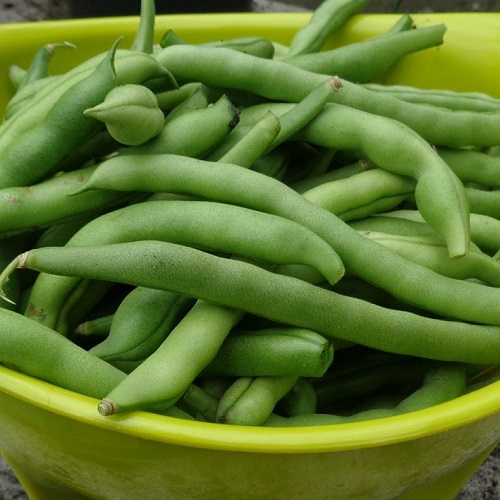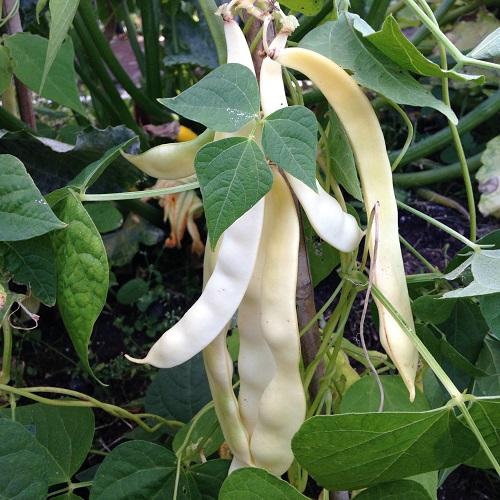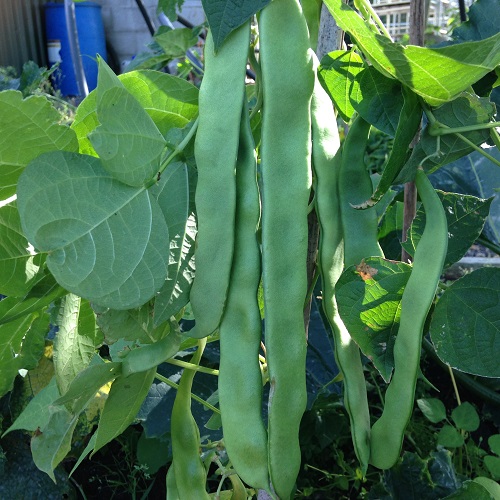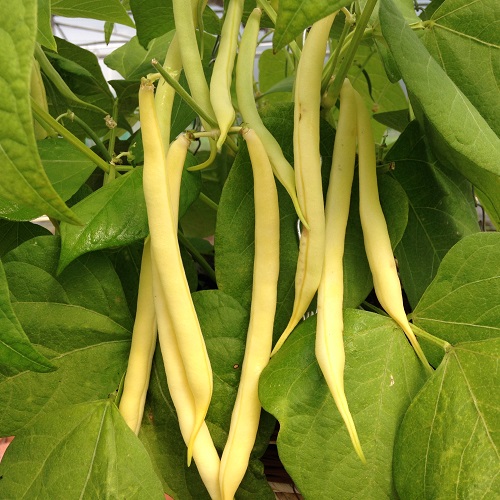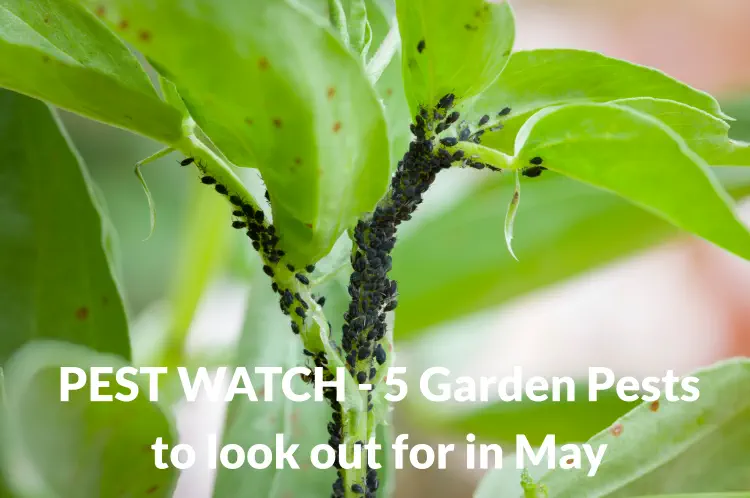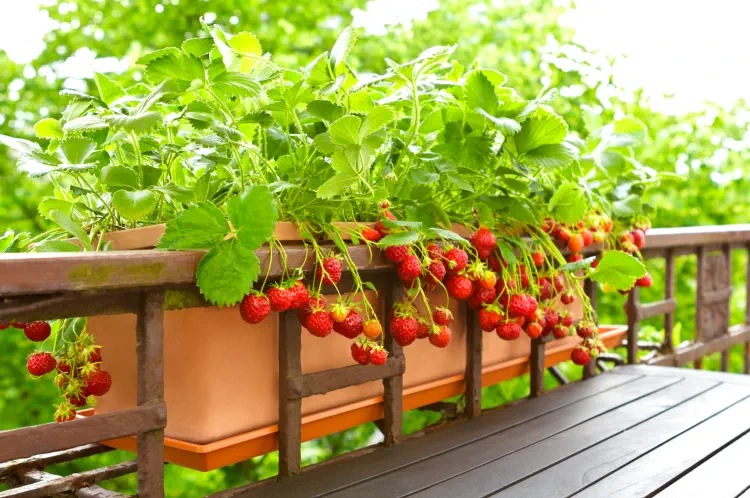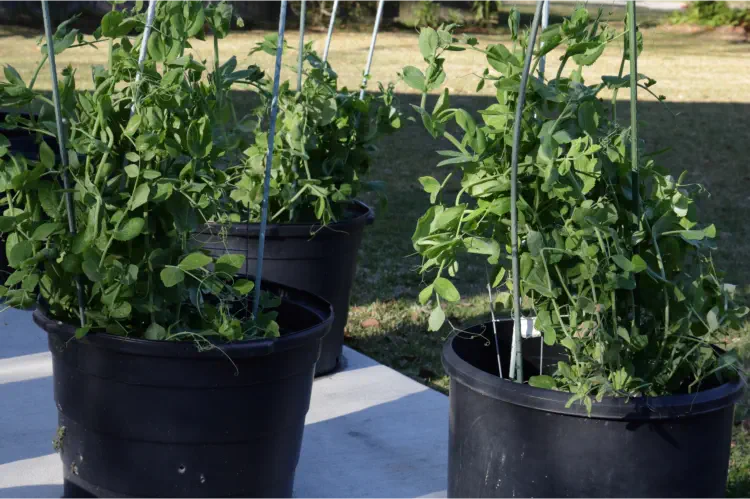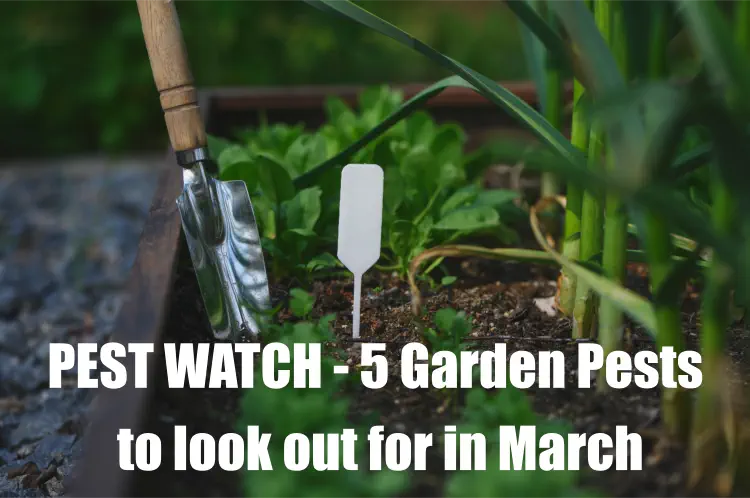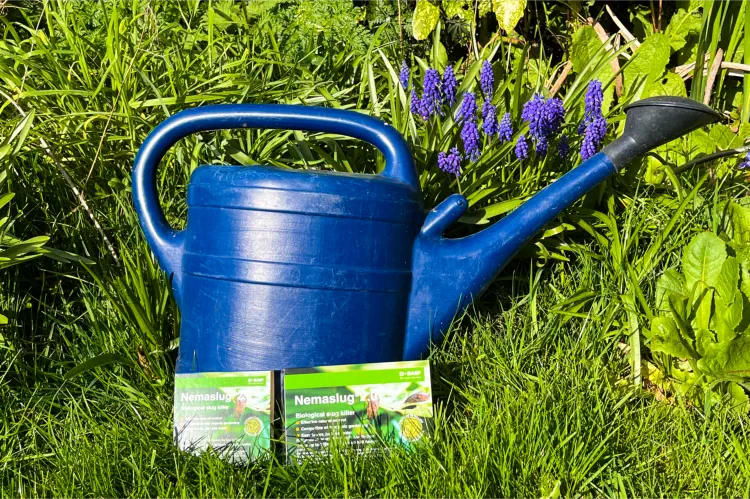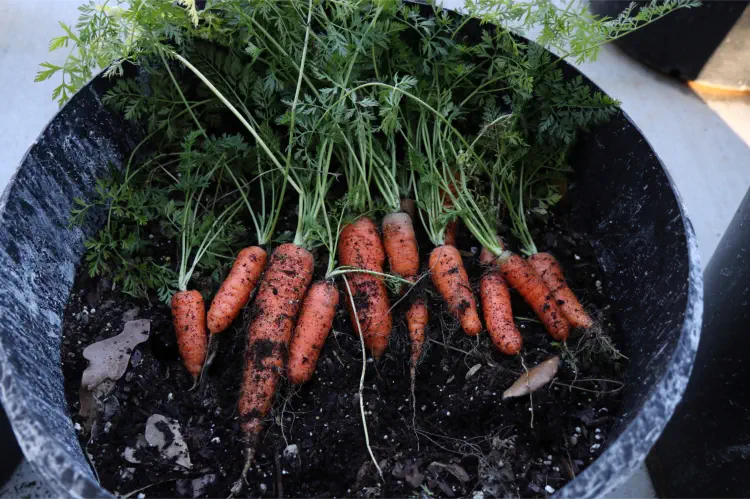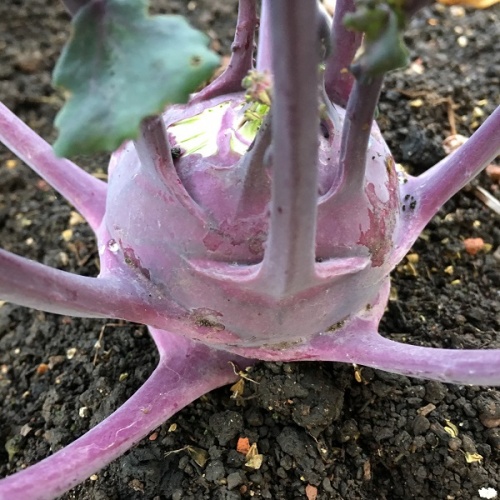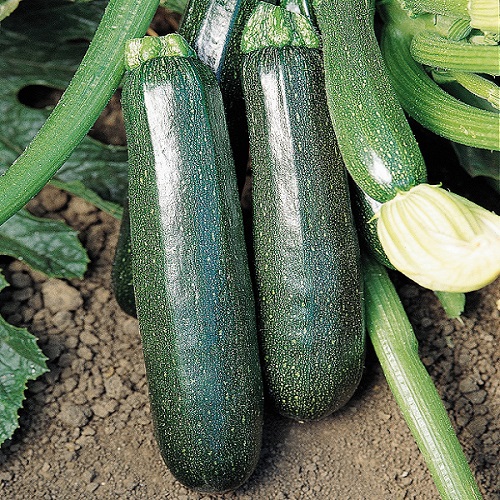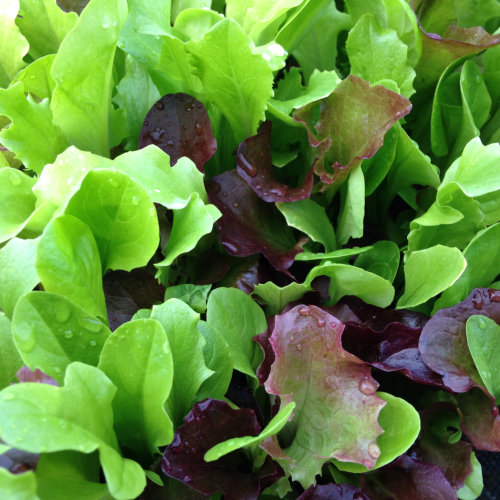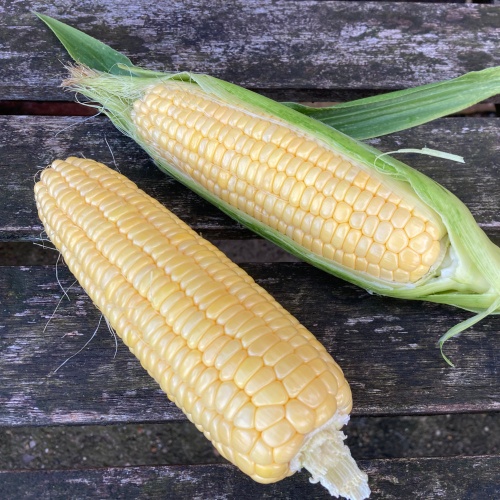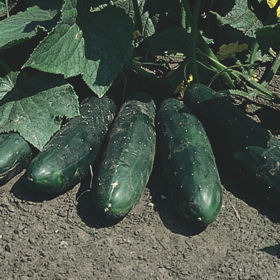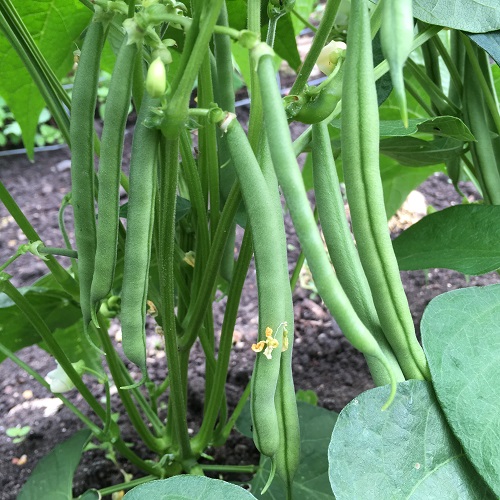As spring unfolds and the garden bursts into life, May heralds a time of vibrant growth and abundant blooms. However, amidst the verdant splendor, gardeners must remain vigilant against the resurgence of common pests eager to feast on tender foliage and burgeoning crops.
Best Climbing French Beans To Grow From Seeds
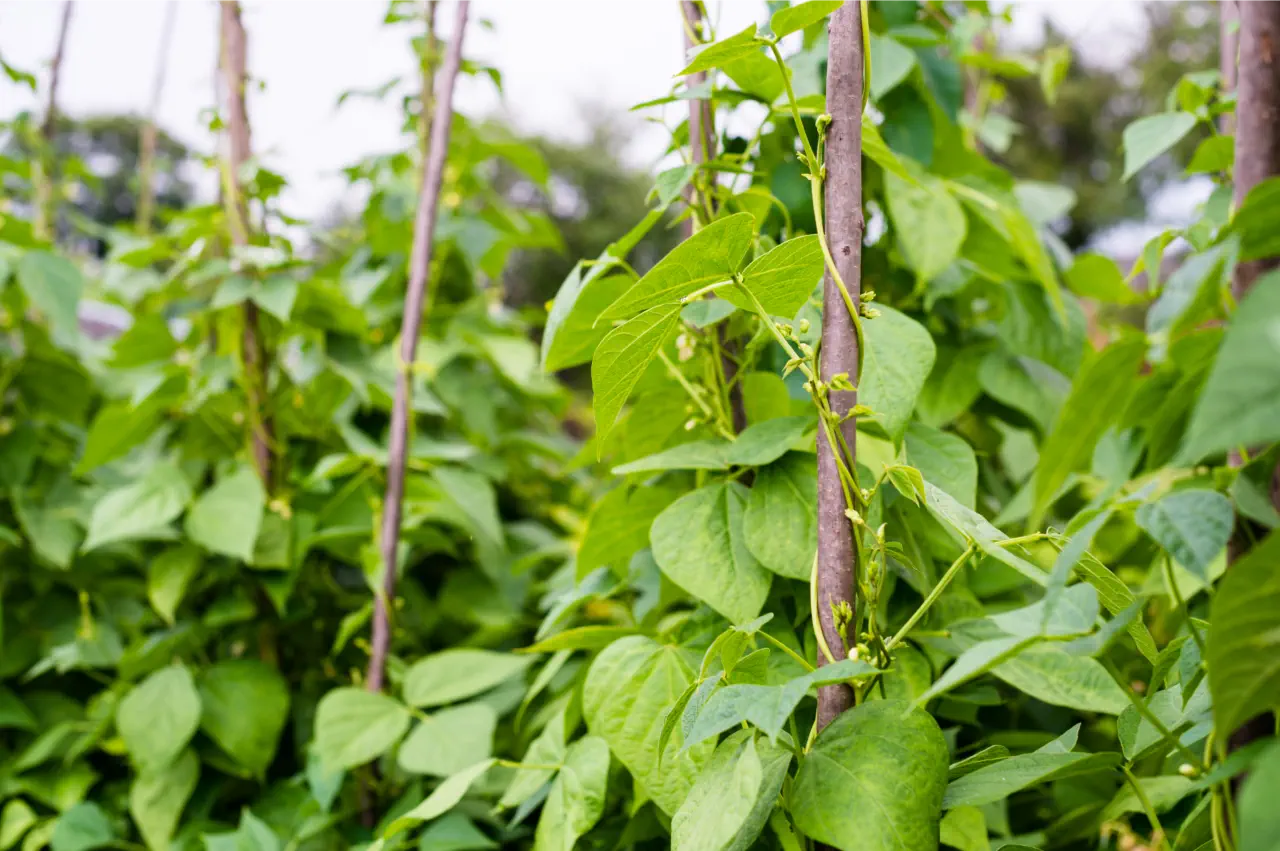
Best Climbing French Bean Varieties To Grow - Yield More In Less Space
For gardeners aiming to max out their veggie plot’s potential? Climbing French beans might just be your golden ticket. These green wonders shoot up, not out, saving space while promising a harvest that could make any green thumb boast. In this blog, we’ll 'spill the beans' on the best climbing French varieties that can transform your garden into a tower of flavourful produce.
Understanding the ins and outs of these legumes is key for a successful crop. So, let’s gently guide our focus toward the why?
Why, pick climbing French beans over their bushy dwarf cousins? It’s simple. They offer a way to maximize your yield without needing to expand your plot size. They’re the vertical visionaries of the vegetable world, aiming high while keeping their roots firmly in your garden soil.
Why Choose Climbing French Beans
Ever wondered why your garden space runs out so quick? You're not alone! Many gardeners face this. But here's a secret: climbing French beans are your pals. These beans grow up, not out,making them perfect for small gardens. And guess what? They keep giving fresh beans for a long time.
Space-saving magic: Got fences or trellises? Let these climbers hug them! You'll save loads of space. Plus, you can grow other veggies below. Neat, right?
Longer pick time: Unlike their short bushy cousins, climbing beans don't stop after one or two picks. They keep the beans coming. So, you get more bang for your buck.
Now, let's see how easy it is to grow these green wonders:
- Find a sunny spot
- Get some supports ready
- Sow the seeds after the last frost
- Water them well
- Watch them climb and harvest loads of beans!
Gardener’s tip: Pick the beans when they're young. They're tender and super tasty.
Now, you might be wondering what's the catch. There isn't one! Climbing French beans are easy to grow. They don't need much fuss. Just give them a bit of love and they'll thrive.
Top Varieties of Climbing French Beans
If you're looking to maximize your garden's productivity, climbing French beans are the way to go. These vigorous growers can yield more in less space, making them ideal for smaller gardens or for those who want to get the most out of every square foot. Let's dig into a selection of the best varieties that you can grow.
Sunshine is a bright yellow podded climbing bean, that produces high.....
Average Contents: 40 Seeds.
Growing climbing French beans isn't just about the practical advantages; it's also about flavour. These beans are versatile in the kitchen, perfect for salads, stir-fries, or simply steamed to enjoy their natural taste. With the right care and conditions, you could be picking fresh, flavourful beans all summer long right from your own garden.
How to Plant Climbing French Beans
Best Time and Conditions for Planting
For the finest climbing French beans, you'll want to start in warm, frost-free conditions. Typically, late spring is ideal, so april onwards is just fine. These beans thrive in temperatures between 15 - 25°C. Ensure you've got a sunny spot, as they love the light. Check your soil, too. It should be fertile, well-drained, yet moisture-retentive.
Sowing Seeds or Transplanting Seedlings
You can sow seeds directly into the ground or start them indoors. If you're starting them outdoors, wait until the risk of frost has passed. Plant seeds about 5cm and 15 cm apart. For those beginning their journey indoors, plant seeds in pots about a month before the last frost, and transplant when they're strong enough and the weather is warm.
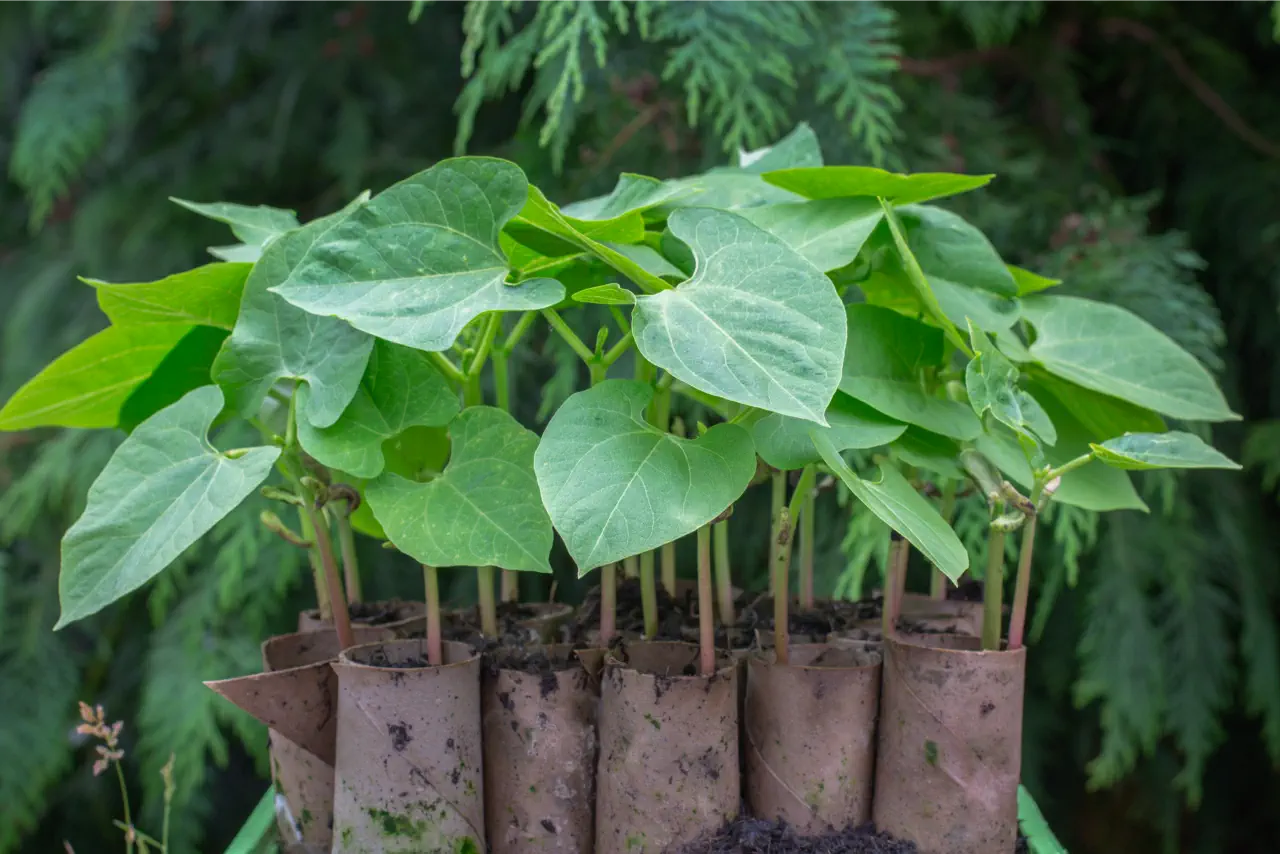
Importance of Support Structures
Climbing French beans will climb just about anything. They require a sturdy support structure, like a trellis or bamboo poles. Set these up at planting time to avoid disturbing the roots later. The structure should be about 6 feet tall to accommodate the full growth of the plants.
Step-by-Step Guide to Planting
Here's a quick, actionable guide to get your climbing French beans started:
- Pick a sunny spot in your garden after the last frost
- Prepare the soil with compost and ensure it's well-drained
- Install your supports—a trellis or bamboo canes in a teepee shape works well
- Sow seeds or transplant seedlings ensuring they have room to grow
- Water regularly, keeping the soil moist but not waterlogged
- Watch them climb and enjoy the harvest!
Remember, French beans need consistent moisture, especially when flowers and pods are forming. Mulching can help retain soil moisture and keep weeds at bay.
When your beans start to mature, they'll need regular picking. This encourages more pods to form. It's a rewarding cycle—you pick, they produce.
Caring for Climbing French Beans
Watering is crucial. Beans thrive on consistency, so aim to keep the soil moist. But, avoid waterlogging; soggy conditions can spell doom, inviting diseases. During dry spells, a deep soaking once or twice a week should suffice. Mulching helps retain moisture and keep weeds at bay; straw or grass clippings are excellent choices.
Feeding your beans is like giving them a secret weapon. A balanced fertiliser applied every few weeks will fuel their growth. But remember, go easy on the nitrogen-rich feeds or you'll get lush leaves at the expense of pods.
Pests and diseases can be a nuisance, but you've got organic solutions at your disposal. Aphids detest a blast of water or an introduction to their predators, like ladybugs. As for diseases, good airflow around your plants is your best defense; don't let them get too cozy with each other!
Now, for a quick peek at encouraging production and quality. It's simple—pick the beans regularly! The more you pick, the more they'll produce. Aim to harvest when the pods are young and tender for the best flavour and texture.
Harvesting and Using Climbing French Beans
When it's time to harvest your climbing French beans, you're in for a treat. These slender pods are at their best when they're young and tender. You'll know they're ready when they snap easily in your hand. Typically, this is about eight to ten weeks after planting. The secret to a bountiful harvest? Pick them often! Harvesting regularly encourages more beans to grow, maximising your yield.
Here's a fun fact: a healthy climbing French bean plant can produce up to 100 pods over the season. That's a lot of beans from just one plant!
Once you've gathered your beans, the kitchen awaits. Climbing French beans are versatile. Think about steaming them for a crisp side dish, or sautéing with garlic for a flavorful treat. They're also great in salads. You can even preserve them by pickling or freezing.
For storage, keep your beans in a cool, dry place. A fridge works well. They'll stay fresh for about a week. If you've got more beans than you can eat right away, freezing is a great option. Blanch them first, then freeze in bags.
Conclusion
We've shared heaps of insights on the best climbing French beans to grow, and now it's your turn to roll up your sleeves and get your hands dirty. These beans are not just a treat for your table; they're a feast for your eyes too, climbing up trellises and adding that lush green touch to your garden.
As your beans reach for the sky, you'll be rewarded with a bounty of pods. Just imagine, a few months from now, you could be savoring the fruits of your labor—crisp, delicious beans that are a testament to your gardening prowess.
In the end, it's about the simple joy of watching something grow and knowing you had a hand in it. The excitement of spotting the first tiny sprout, the anticipation of the first flower, and the pride of plucking that very first bean - it's a feeling that never gets old.
At SimplySeed, we've got all you need to kickstart this green adventure.
Frequently Asked Questions about Climbing French Beans
What are the characteristics of the best climbing French beans for growing?
The best climbing French beans typically have vigorous growth habits, produce high yields, and are resistant to common diseases. They should have a good flavour and texture, be stringless, and have pods that are easy to pick. Additionally, they should be suited to the climate and growing conditions of the area where they will be planted.
Which varieties of climbing French beans are recommended for beginners?
Beginners should look for climbing French bean varieties that are known for being easy to grow. The best seller by a long way is 'Cobra', a generally reliable variety with good disease resistance.
How much space do climbing French beans need?
Climbing French beans need vertical space to grow, as they will climb trellises, poles, or other supports. Allow at least 6 to 8 inches between plants, and space rows about 18 to 24 inches apart. The support structure should be at least 6 feet tall to accommodate the full growth of the plants.
When is the best time to plant climbing French beans?
The best time to plant climbing French beans is after the last frost date in your area when the soil has warmed up to at least 15°C. French beans are sensitive to cold and should not be planted until the risk of frost has passed.
How do I support climbing French beans?
Climbing French beans require support to grow vertically. You can use a variety of supports such as trellises, poles, netting, or even a teepee structure. Install the support at planting time to avoid disturbing the roots later on. The beans will naturally climb the support as they grow.
How often should I water climbing French beans?
Climbing French beans need consistent moisture, especially during flowering and pod development. Aim to water them once or twice a week, depending on weather conditions, providing about an inch of water each time. Avoid overhead watering to minimize the risk of disease.
Can climbing French beans be grown in containers?
Yes, climbing French beans can be grown in containers as long as they are deep enough to accommodate the roots and wide enough to provide stability for the plants. Ensure the container has good drainage and use a sturdy support structure for the beans to climb.
What pests and diseases commonly affect climbing French beans?
Common pests affecting climbing French beans include aphids, spider mites, and bean beetles. Diseases such as bean rust, powdery mildew, and anthracnose can also occur. Regularly inspect your plants and practice good garden hygiene to minimize these issues.
How do I harvest climbing French beans?
Harvest climbing French beans when the pods are firm and have reached their full length but before the seeds inside begin to bulge. Gently pull or snip the pods from the plant, being careful not to damage the plant. Regular harvesting encourages the plant to produce more pods.
Can I save seeds from my climbing French beans for next year?
Yes, you can save seeds from your climbing French beans. Allow some pods to mature fully on the plant until they become dry and brittle. Then, harvest the pods, remove the seeds, and store them in a cool, dry place. Make sure to save seeds from the healthiest and most vigorous plants for the best results next season.
All blog content on this page is copyright of SimplySeed and is not to be reproduced without prior written permission. ©

